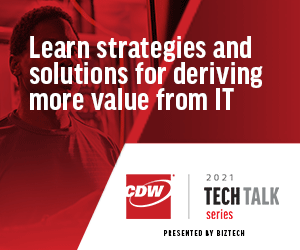How to Automate Daily Firmware Checks for Servers
The root of the problem is that many IT departments are not fully utilizing their server features. “We tend to have this habit: We buy it, we turn it on, we install our application … and then we forget about it,” Whipple says.
Whipple recommends that IT departments, instead, ask what this server can do for their universities.
With HPE servers, higher education IT departments have the option of enabling extra security features through HPE’s Integrated Lights-Out (iLO) software. iLO is a server management platform that can help colleges and universities securely configure, monitor and update their HPE servers from remote locations.
MORE ON EDTECH: Integrated Lights-Out software helps IT efficiently manage server power usage.
iLO allows universities to automate daily firmware checks, where essential firmware components are checked once a day.
“This is going to happen automatically once you set it up,” Whipple says. “You can have that peace of mind.” In fact, the platform can go beyond checking if the firmware has been altered. In the unlikely event of an attack, iLO can also automatically recover firmware back to its last known good state.
“You can go to bed at night knowing that your servers are self-checking themselves, and that you don’t have to reboot them to check them,” Whipple says.














